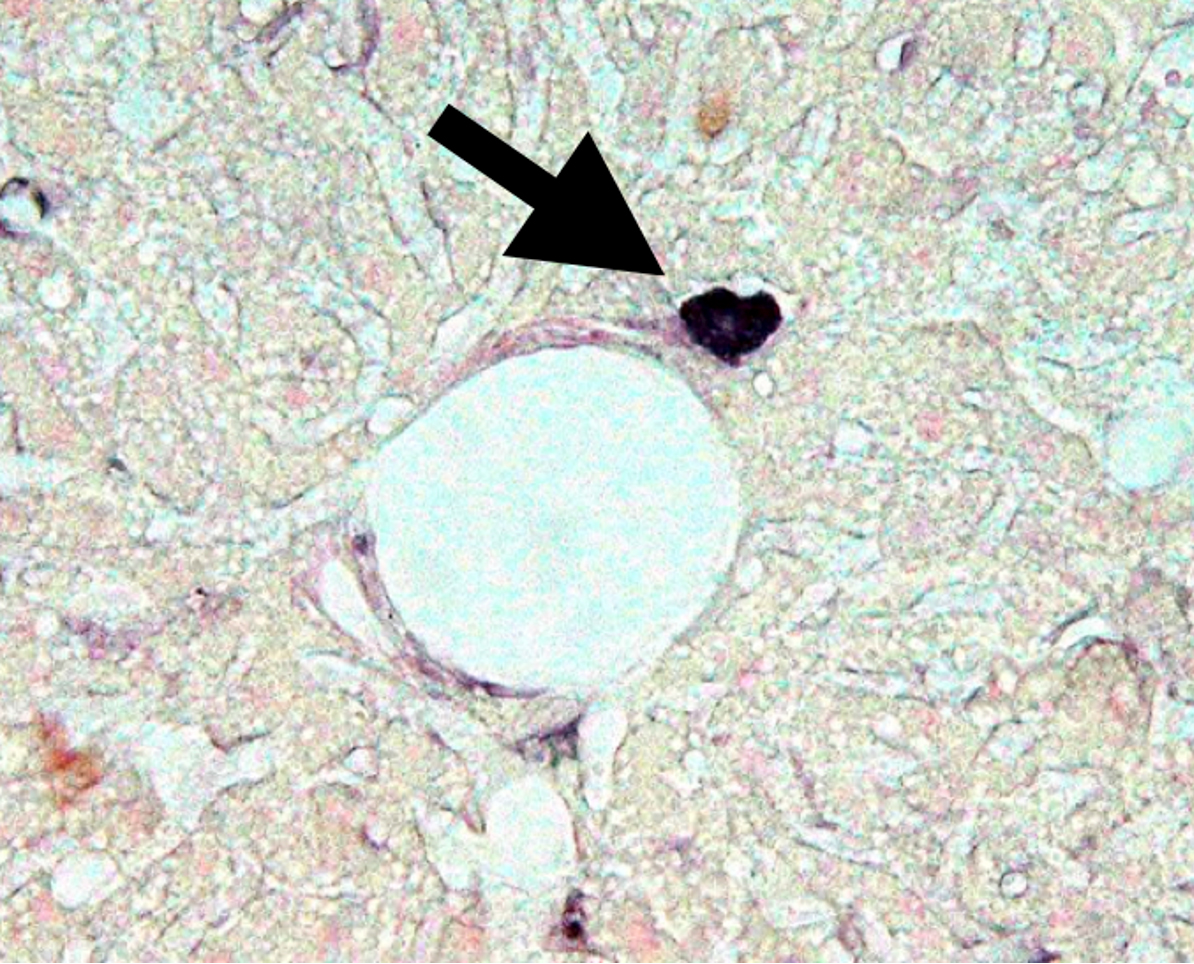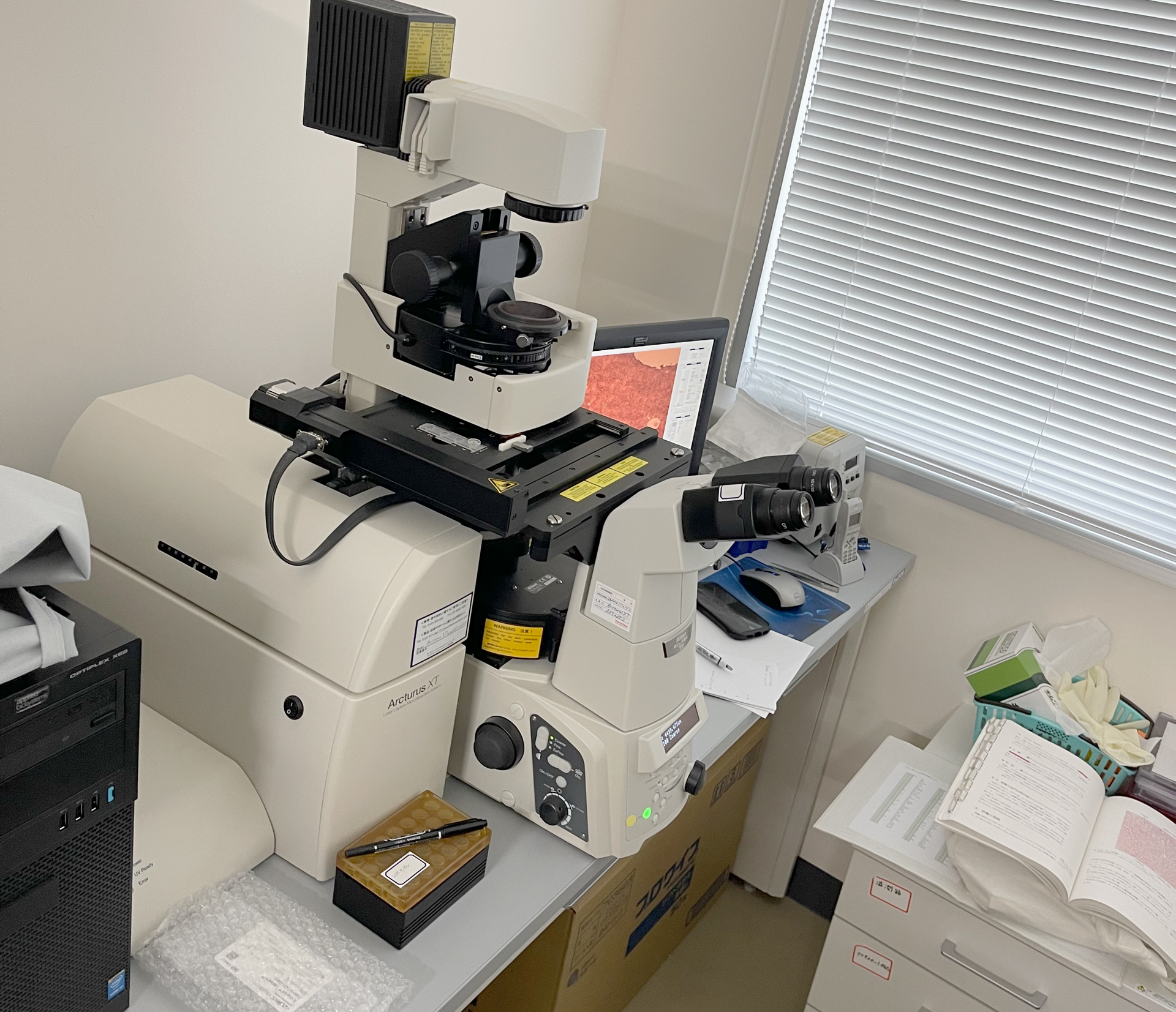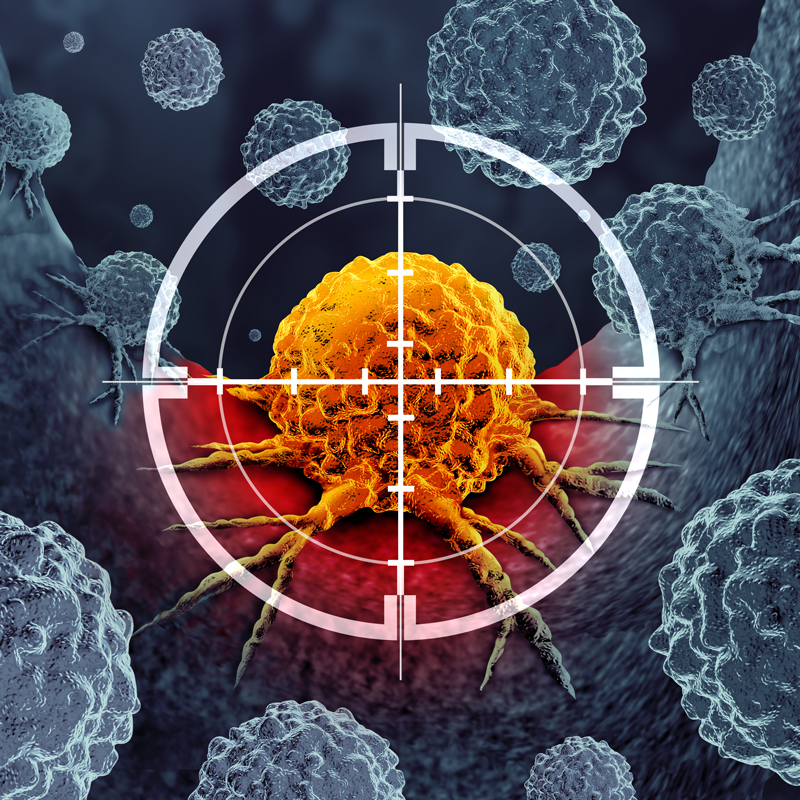Development of Targeted Drug Delivery System (Biozipcode)
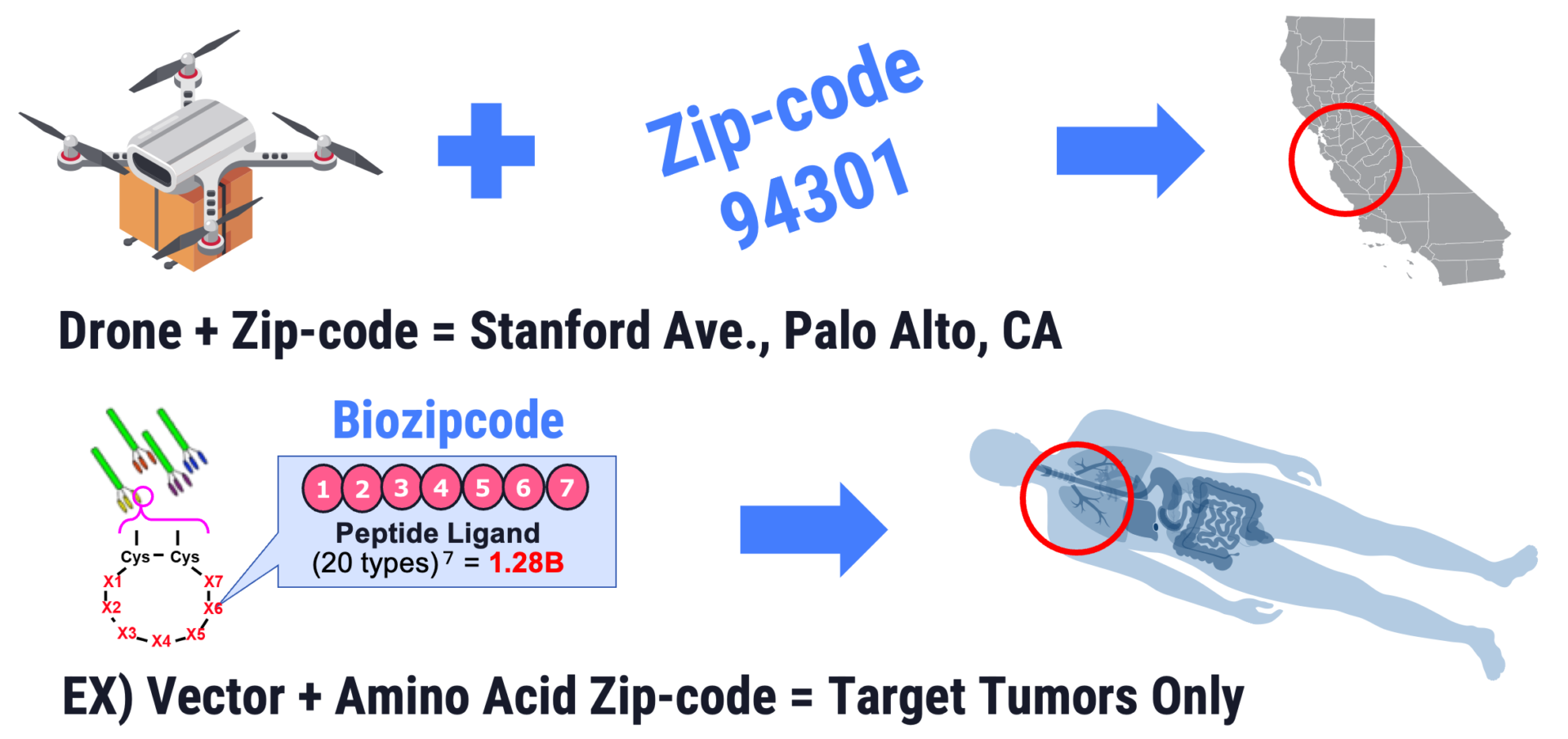
Working on developing and applying a new delivery system, “Biozipcode,” to deliver drugs only to specific target cells. Current oral and injectable drugs affect all cells in the body, not just the intended target cells. A method is needed to deliver drugs exclusively to target cells to solve this problem.
Biozipcode works by assigning a unique address code to cells, which recognize the code to receive the drug. This is similar to delivering packages using address books or GPS on Earth. Cells are classified by type, and a specific seven-digit amino acid sequence is assigned like a postal code.
With 20 types of amino acids, 20 to the power of 7, or about 1.3 billion codes, can be created. From these, a code that only the target cell can recognize is selected and attached to the drug delivery carrier. This way, the drug transported through blood vessels or cerebrospinal fluid reaches only the target cells.
This system minimizes side effects and enables more effective treatment. The goal is for Biozipcode to be widely used in medical practice in the future.
Specific Cell Targeting Technology with In Vivo Nanodrones
Phage Display Technology
Using a phage library kit, the development of nanodrone technology targets specific cells in the body. This library contains all combinations of seven-digit amino acid sequences. Subtraction is performed with non-target cells, and the supernatant is administered to target cells to select phages that specifically adhere. Repeating this process obtains sequences specific to the target cells.
Currently, human experiments are difficult, so research is conducted using mice and monkeys. Targeting dorsal root ganglion (DRG) neurons, the effectiveness of the obtained seven-digit amino acid code was confirmed. Remarkably, the code obtained in mice also reacted with DRG neurons in monkeys, demonstrating cross-species commonality.
In humans, similar research can be conducted using cell banks and cultured cells. This technology enables drug delivery to specific cells in the body, functioning like nanodrones flying inside the body. Additionally, sequences that do not react with normal cells can be obtained, leading to the development of new treatments targeting cancer stem cells.
This research can select specific sequences from over 1.3 billion combinations, offering broad applications.
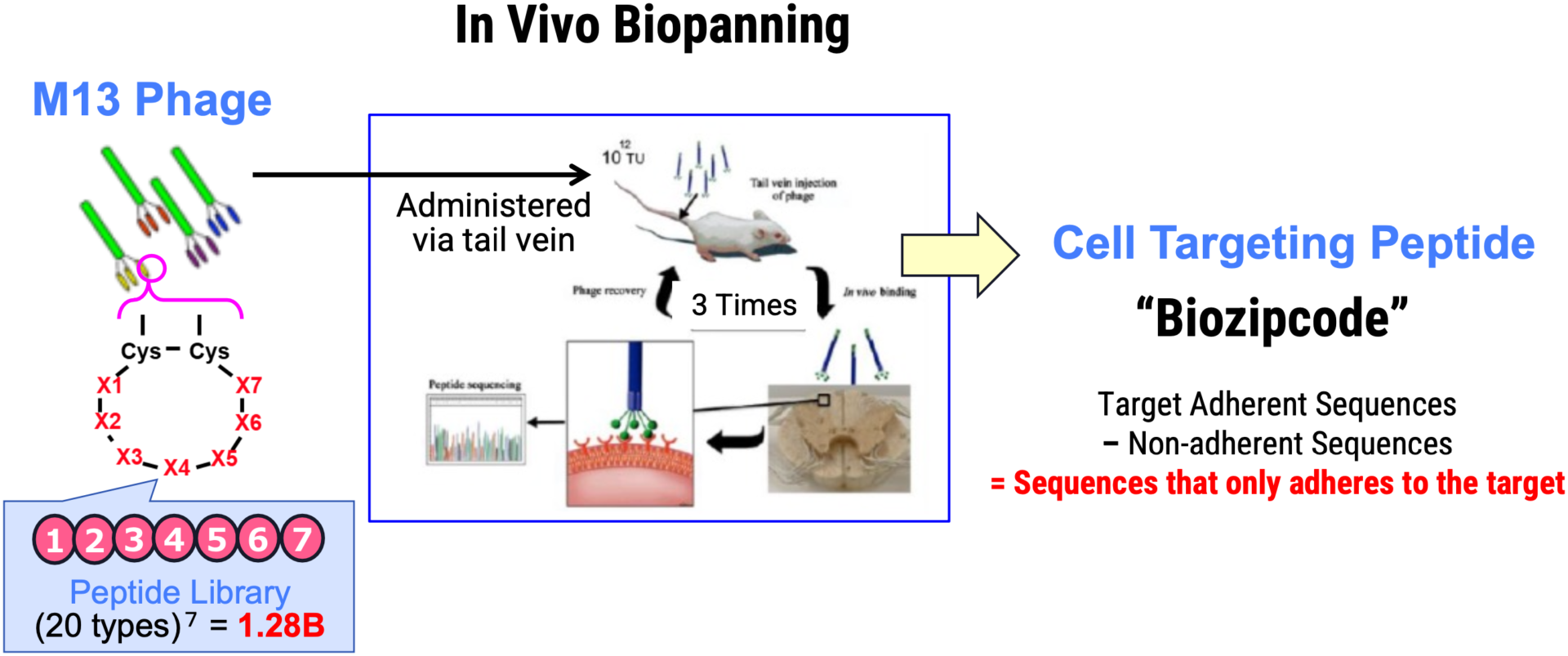
Discovery and Research of Diabetes Stem Cells
Abnormal cells were found in hematopoietic stem cell fractions that cause diabetes, which do not disappear even when b/s levels are normalized, creating refractory characteristics.
Discovered that diabetes is a disease caused by abnormalities in hematopoietic stem cells and developed a method to cure diabetes by isolating and eliminating “Diabetes Stem Cells.”
Cell Targeting Technology (Biozipcode)
Aiming to develop cell-targeted drugs as a new drug delivery method for the next generation, beyond the current era of molecular-targeted drugs.
Developing a completely new diabetes and diabetes complication cure using Biozipcode that causes no side effects.
Using cell targeting technology with Biozipcode to develop side-effect-free anticancer drugs, providing treatments that minimize patient burden.
Aiming to develop scaffold materials that promote natural wound healing, adhering to tissues without the need for transplantation or suturing, and enhancing quality of life (QOL).
Are You Interested in Research at the Department of Regenerative Medicine?
Are You Interested in Research at the Department of Regenerative Medicine?
You can send a direct inquiry to the Department of Regenerative Medicine through the contact form.

